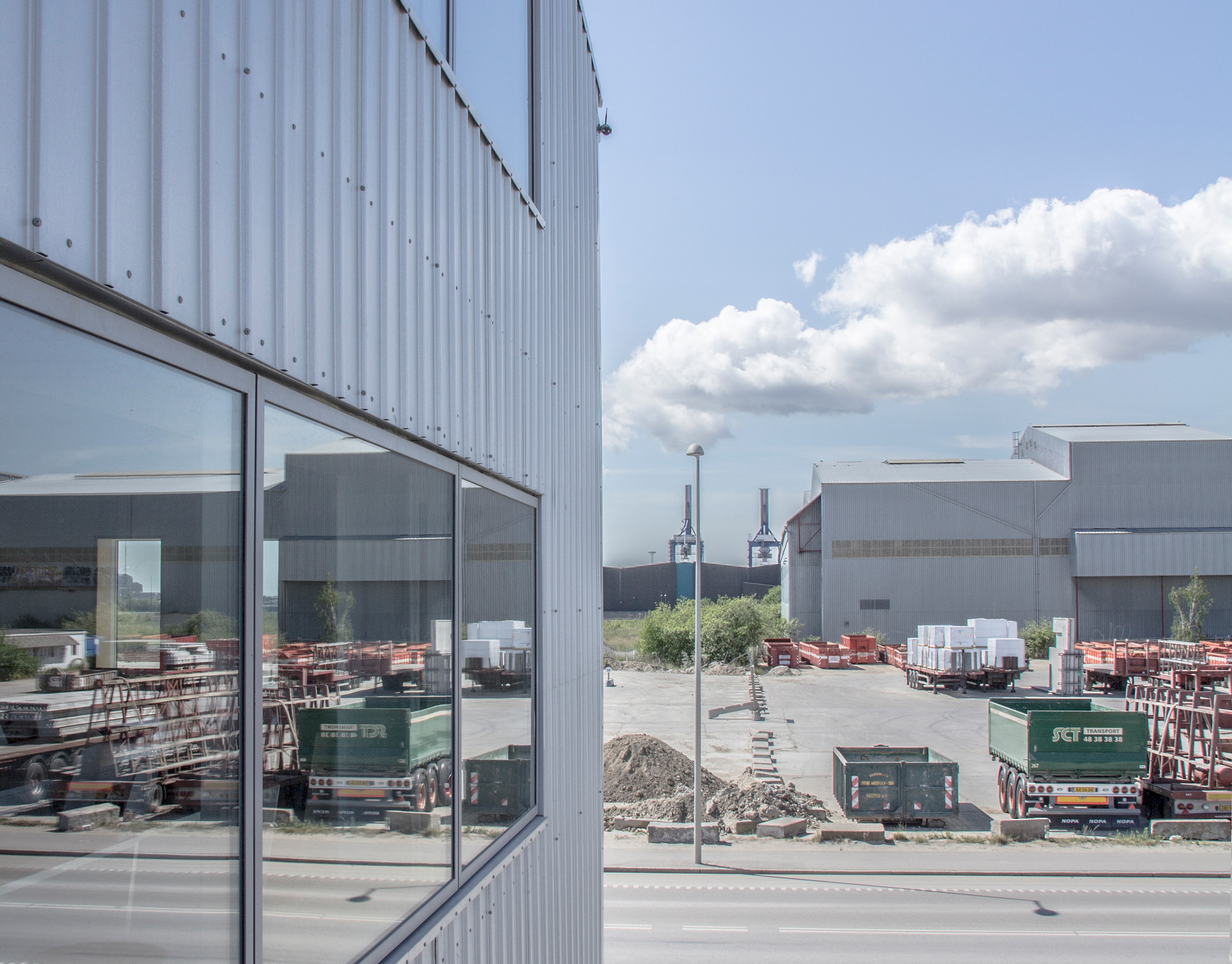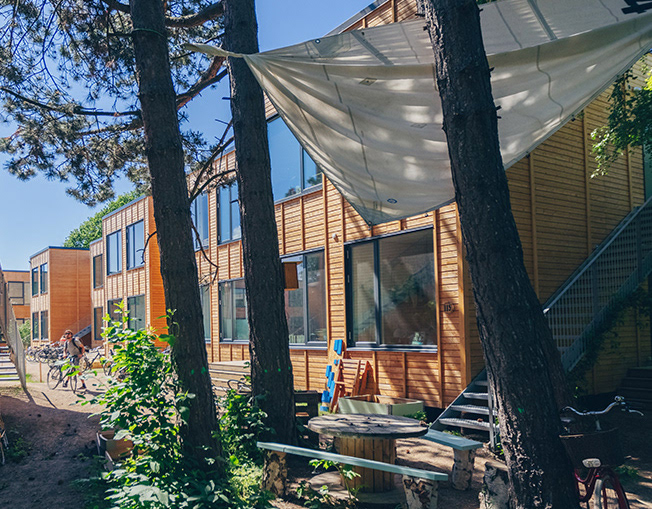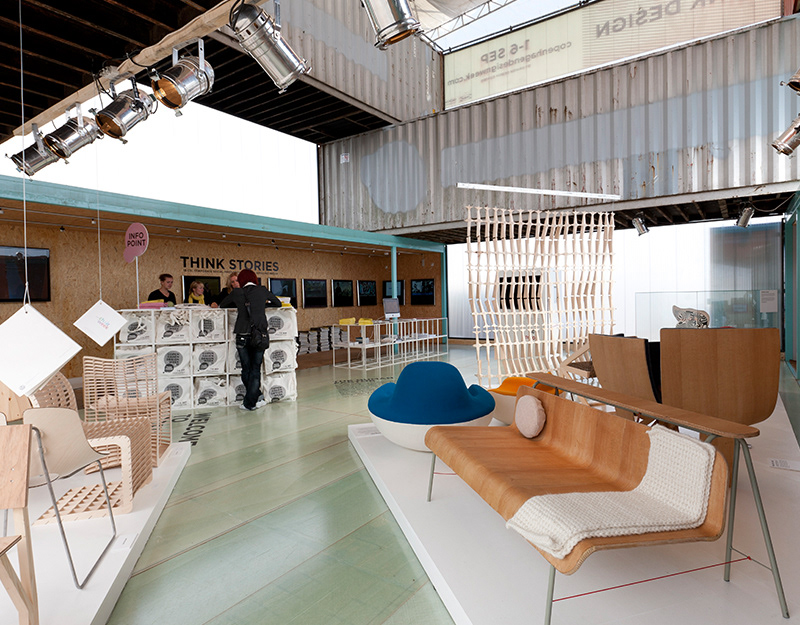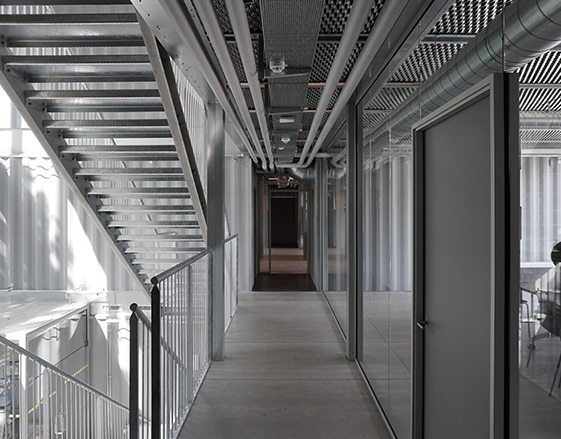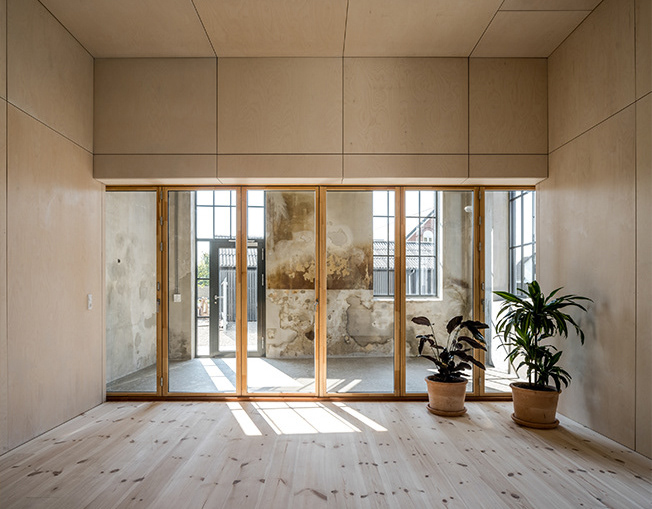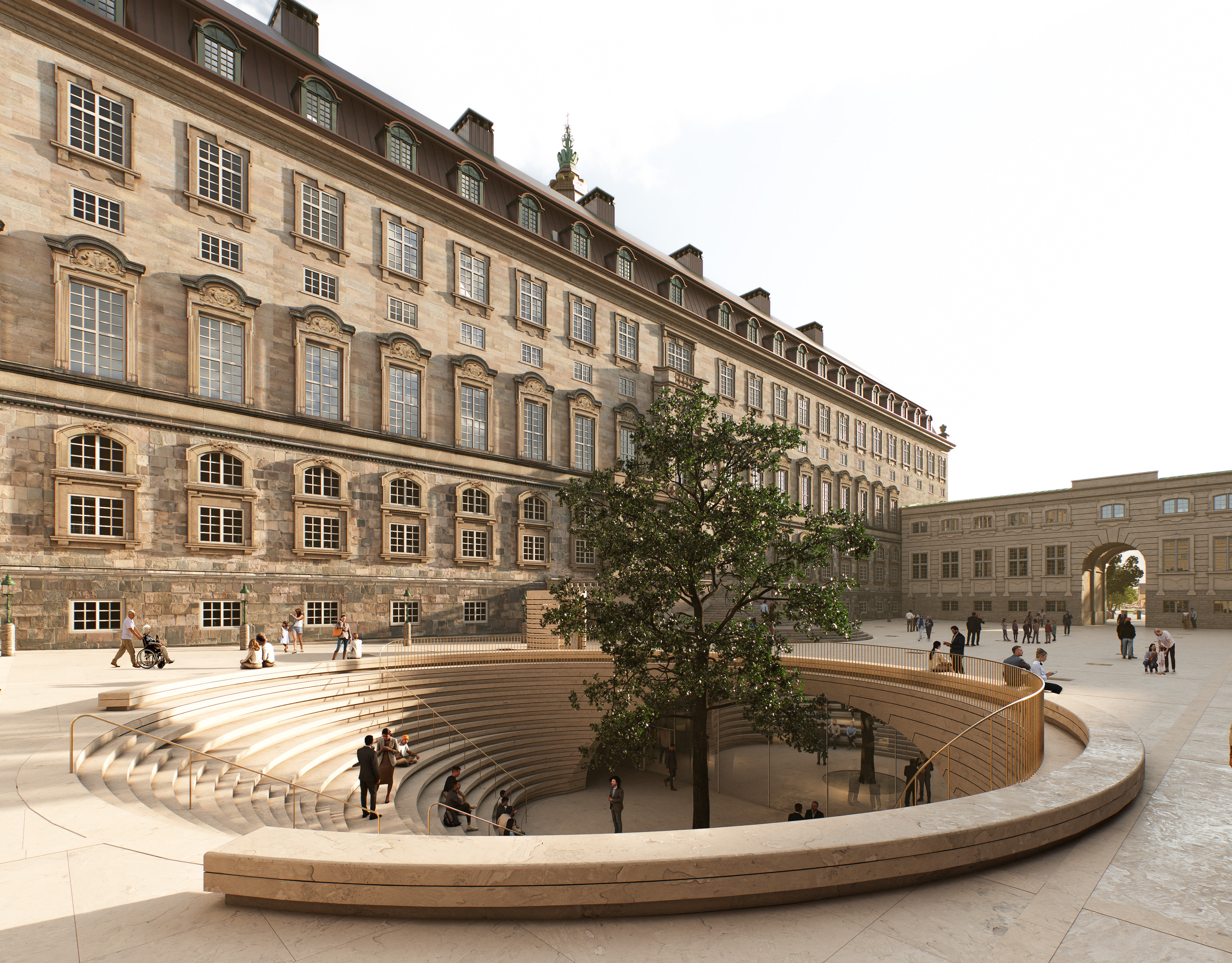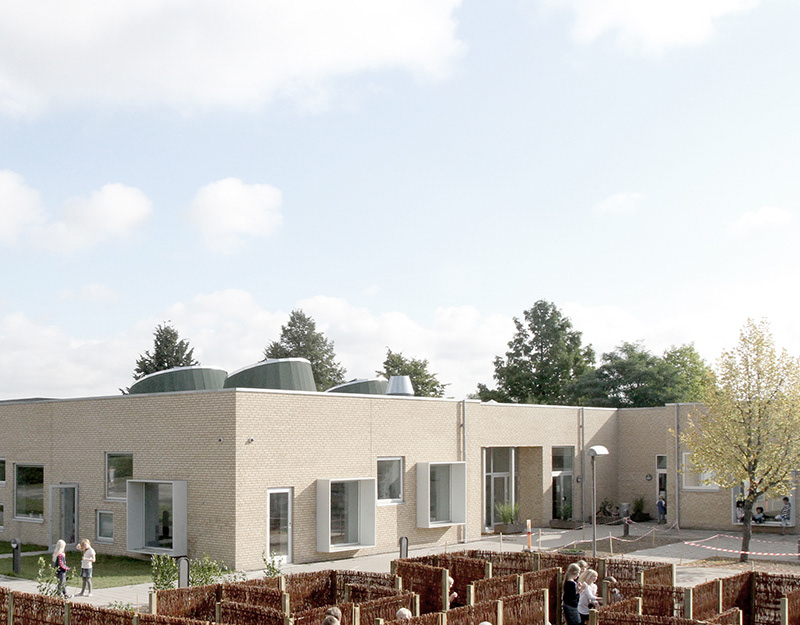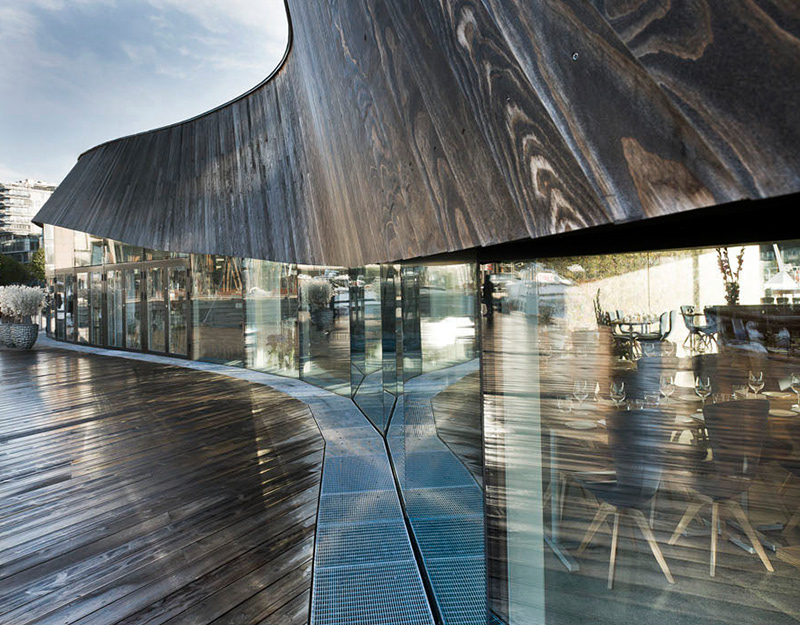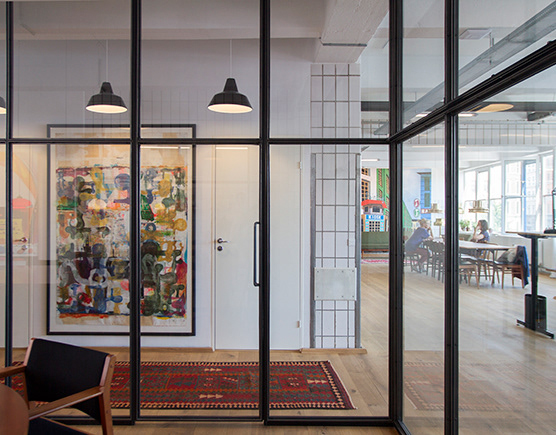What: Mobile and sustainable student housing in repurposed containers.
Where: Copenhagen, Denmark.
When: 2018
Client: CPH Village // https://cphvillage.com
By: Arcgency // Building Design and Vandkunsten // Urban Planning.
Photo: Astrid Maria Rasmussen // @astridkbh
Where: Copenhagen, Denmark.
When: 2018
Client: CPH Village // https://cphvillage.com
By: Arcgency // Building Design and Vandkunsten // Urban Planning.
Photo: Astrid Maria Rasmussen // @astridkbh
CPH Village is a company on a mission to solve the student housing crisis by building sustainable and modular villages with value driven communities. To do the architectural design CPH Village has teamed up with Arcgency. The collaboration has resulted in a new architecture - a new aesthetic raised above style and taste - informed by a resource conscious approach and the aim to make temporary housing of high quality.
CPH Village explores new ways of student living in urban areas and wants to promote a sustainable approach by addressing three dimensions; the social, the economical and the environmental. The student villages are temporary because - the only vacant and affordable land in the city is located in former industrial areas and ports which are currently zoned with restriction on permanent development - however a recent change in the planning law has made it possible to build temporary student housing for a period of up to 10 years in these areas.
Community and simple living
How much space does one need? By giving access to a variety of shared spaces and amenities, the private spaces are reduced to the basics - a compact dwelling with good indoor climate and plenty of daylight. Each housing unit is build into a 40 foot container. The aesthetics are raw, all joints are made with visible screws and the walls are dented from the containers previous life at sea. The metal walls makes it possible to create flexible and personal interiors as everything can be hung with magnets or suspended between the walls using the existing grommets. There are already many examples of students having build beds, storage and flexible furniture.
How much space does one need? By giving access to a variety of shared spaces and amenities, the private spaces are reduced to the basics - a compact dwelling with good indoor climate and plenty of daylight. Each housing unit is build into a 40 foot container. The aesthetics are raw, all joints are made with visible screws and the walls are dented from the containers previous life at sea. The metal walls makes it possible to create flexible and personal interiors as everything can be hung with magnets or suspended between the walls using the existing grommets. There are already many examples of students having build beds, storage and flexible furniture.
The spaces between the houses are sheltered by a roof creating semi-private areas that functions as an outdoor living rooms. Here the students grow plants, hang out, dry their clothes and do dinners.
The focal point of the village is the the community house, a large flexible space located on the harbour front. It has high ceilings (3 containers stacked on top of each other) and offers a raw interior adaptable to any activity. On a daily basis this is where the villagers cook, wash clothes and hang out but over the week the house hosts quiz nights, concerts, talks and parties that are open to the public. The broad gates on each side of the building opens up to the surroundings inviting passers-by to engage with the activities of the village.
Lifecycle and Design for Disassembly
At CPH Village the entire lifecycle of the building is in focus. Repurposed containers are adapted into housing using the principles of Design for Disassembly - a method that enables the buildings to be easily taken apart - moved - and reassembled. By doing so you can relocate the village to a new site, when the current area is ready for permanent development. The approach incites use of quality materials - as it is only the site that is temporary - the building can have a long life and after end of use all materials can be reused or recycled.
At CPH Village the entire lifecycle of the building is in focus. Repurposed containers are adapted into housing using the principles of Design for Disassembly - a method that enables the buildings to be easily taken apart - moved - and reassembled. By doing so you can relocate the village to a new site, when the current area is ready for permanent development. The approach incites use of quality materials - as it is only the site that is temporary - the building can have a long life and after end of use all materials can be reused or recycled.
CPH VILLAGE CONCEPT
Introduction to the building system by lead architect and partner at Arcgency, Mads Møller.
DRAWINGS
Diagramme - Exploded 3D
Plan level 1
Facade
For more info please visit: https://www.cphvillage.com/

